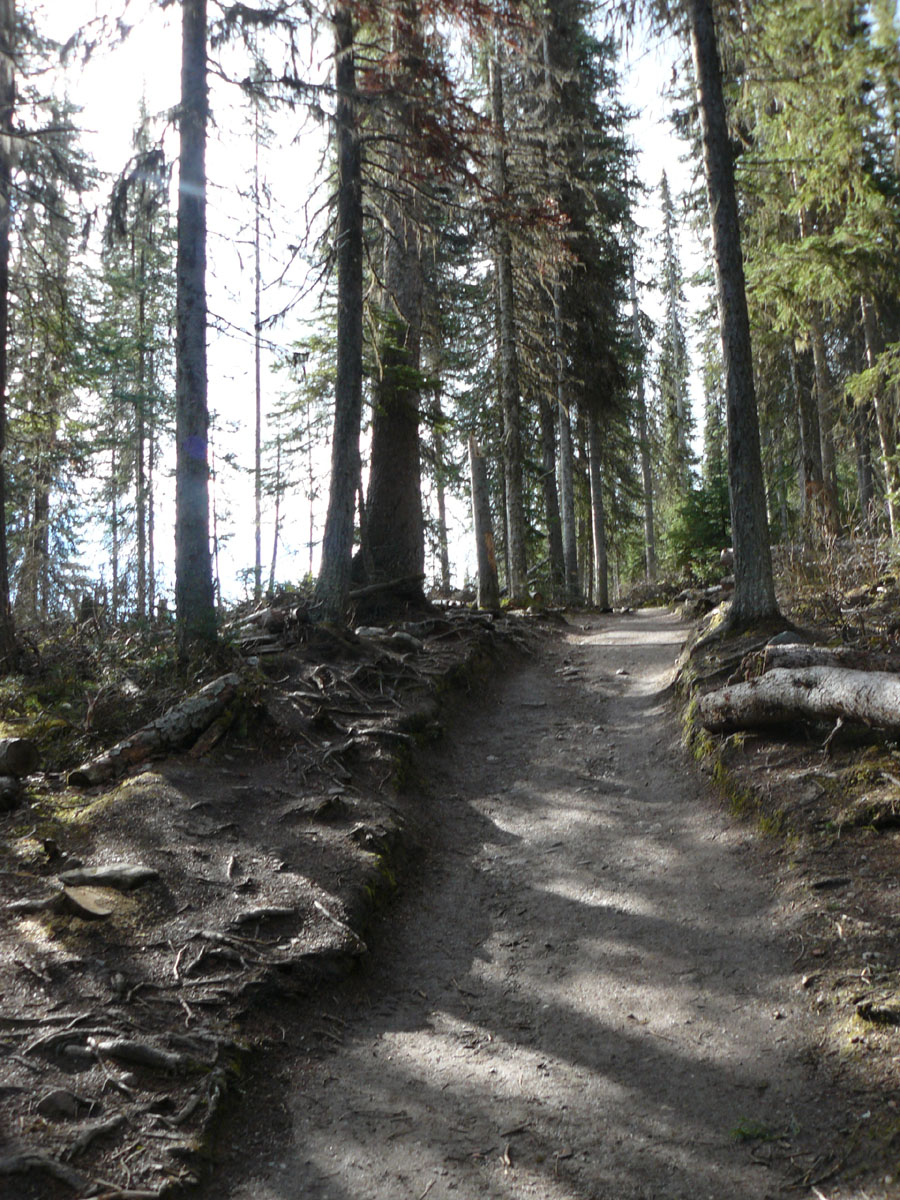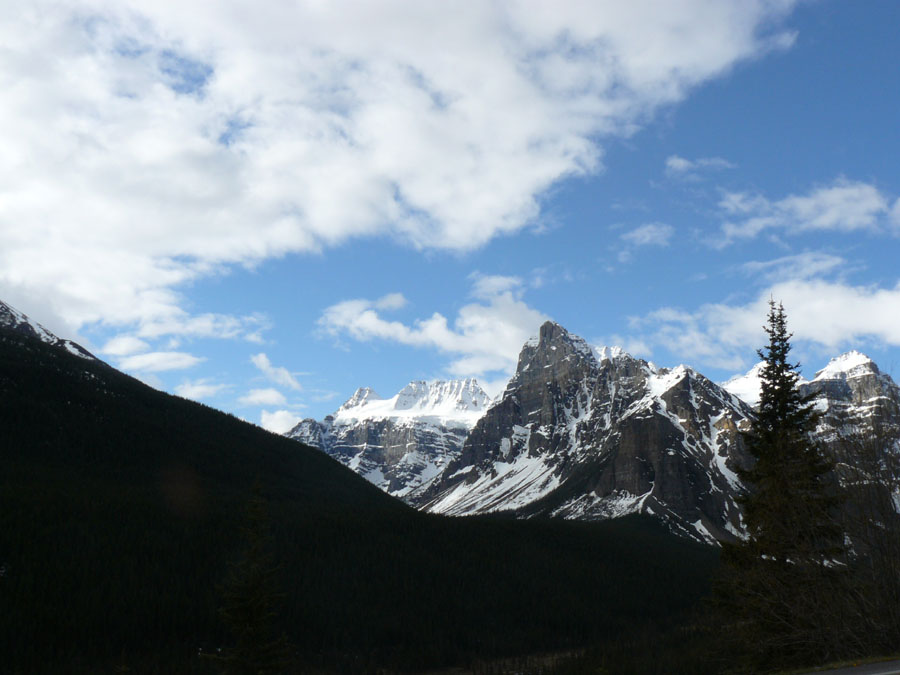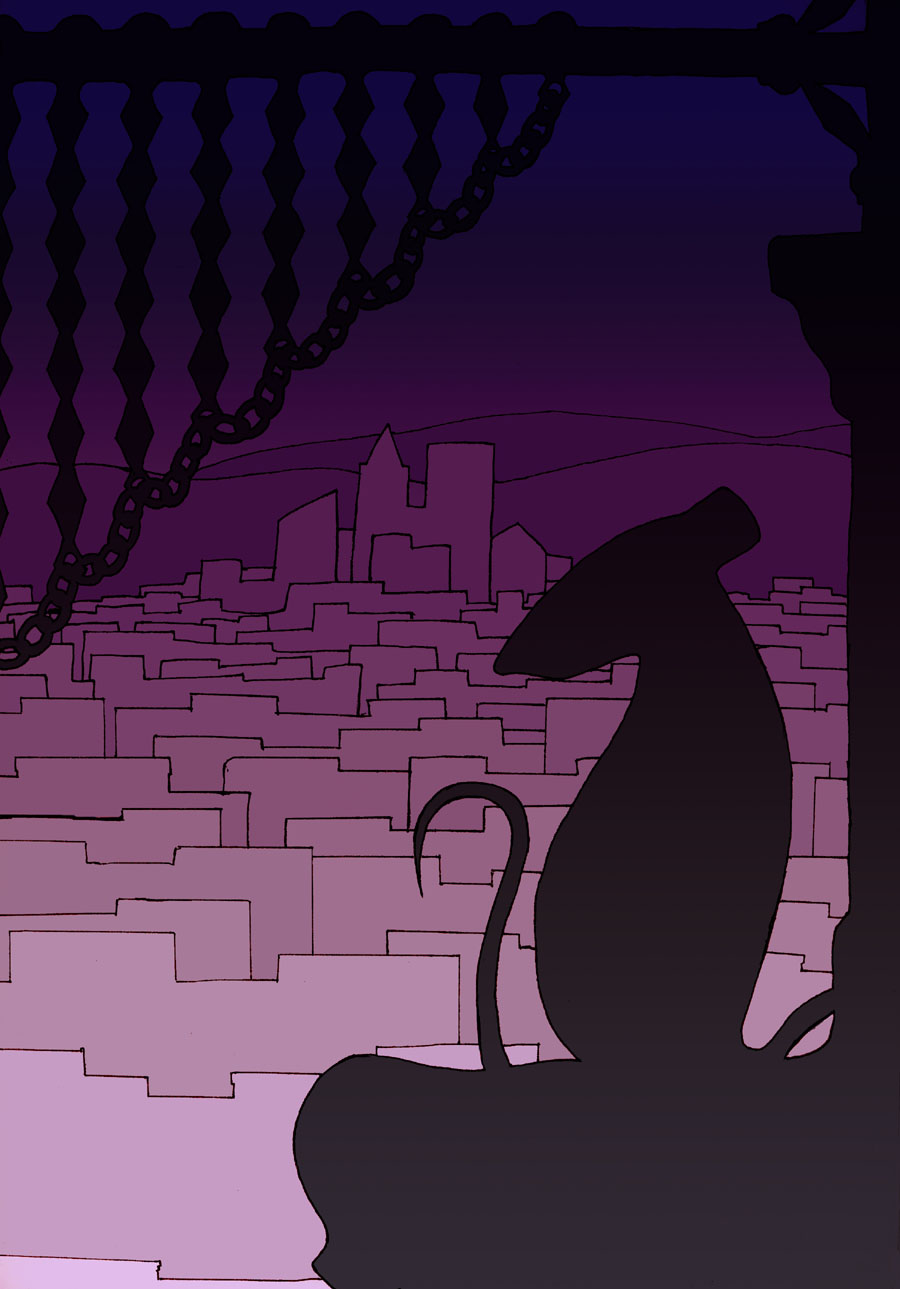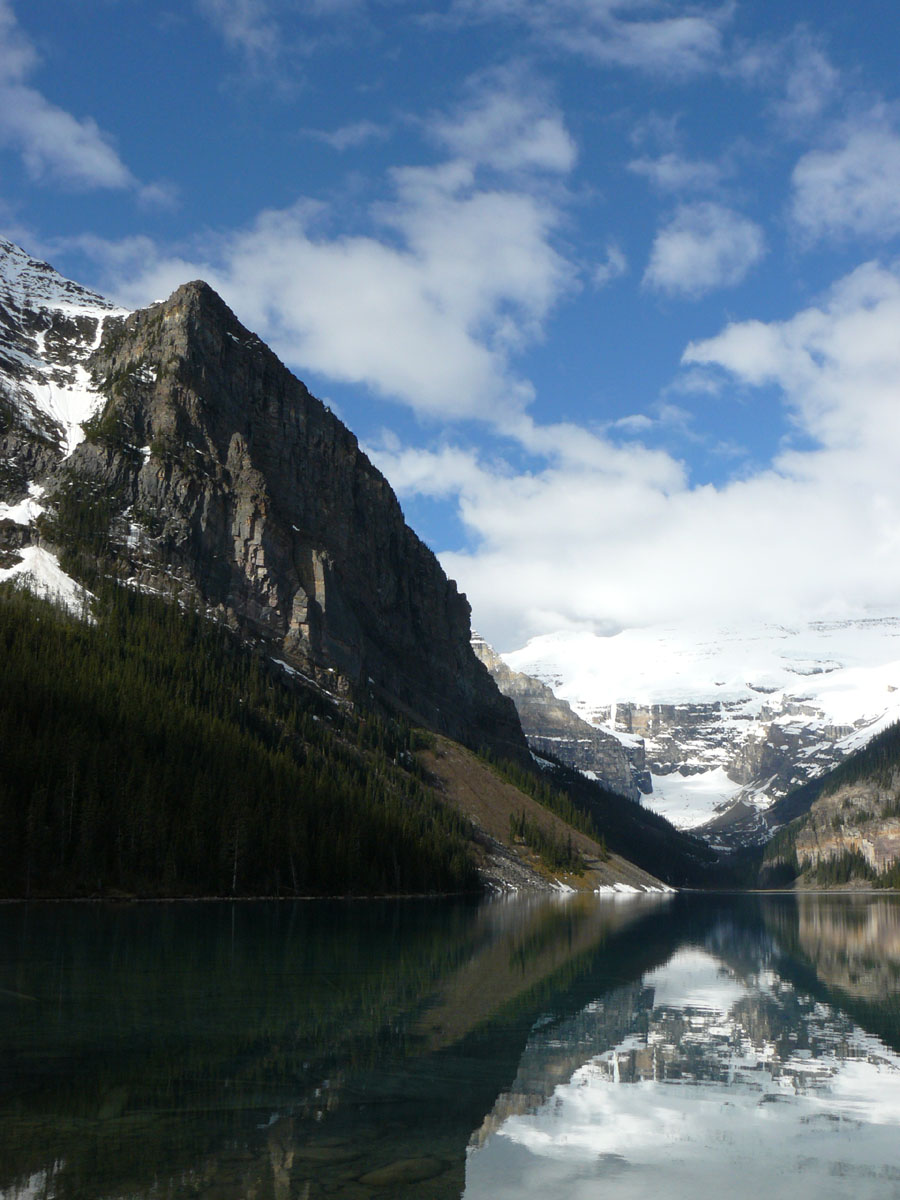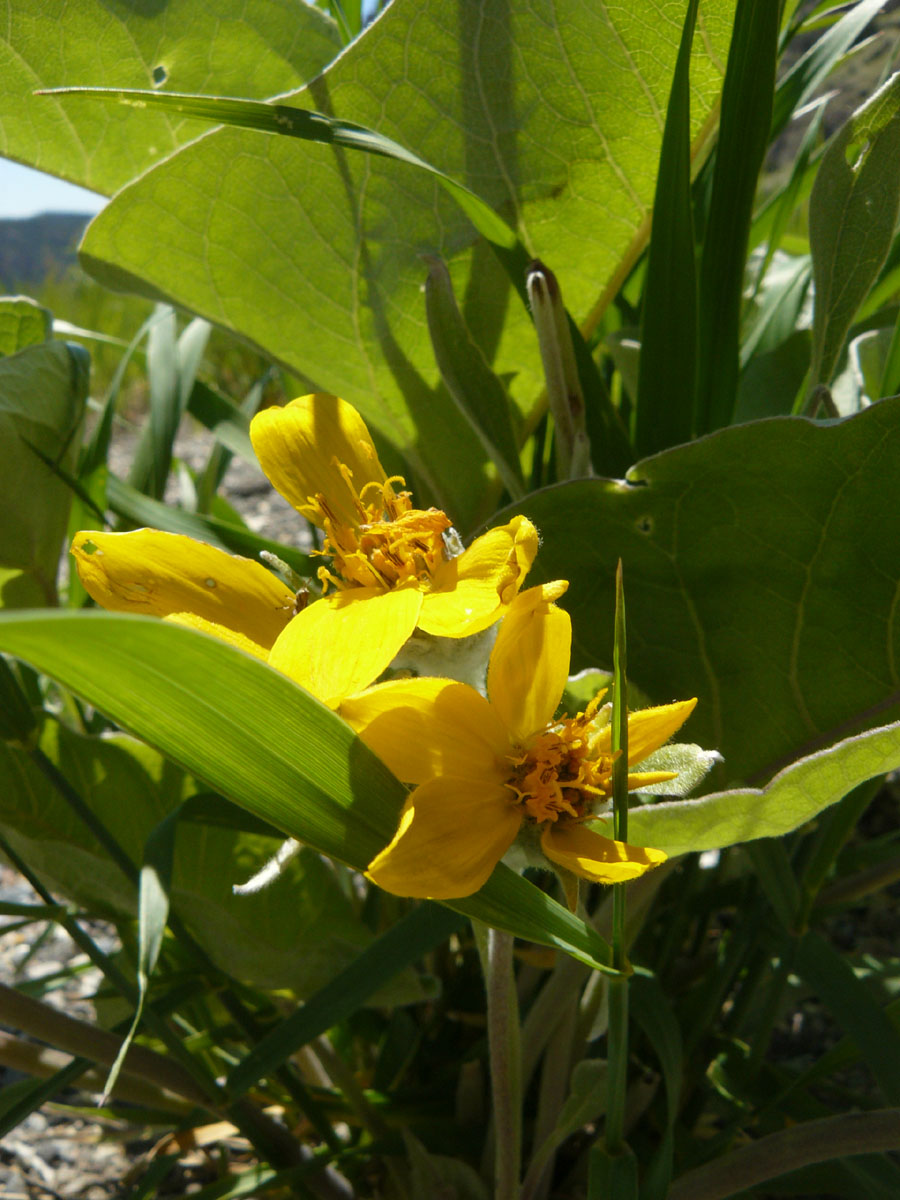 Location Taken: Wyoming
Location Taken: Wyoming
Time Taken: June 2010
I love the shadows on this one. It’s a small flower overshadowed by larger leaves, and yet there is still enough light coming through to make the yellow pop, while the darkness keeps it tamed.
It was just growing on the side of the road, right by a scenic pulloff. There was a fantastic view of the canyon we were driving through, and I did take plenty of pictures of that. But I also spotted these flowers.
That’s one thing I really like about digital photography. When I was first learning the art of photography, I used a film camera. I always had to carefully pick and choose what I took photos of since I only got 29 photos per roll of film, and I wouldn’t have a clue how it turned out until I developed it. I’d probably not have continued looking around for things to photograph after I got a few of the canyon, and would not have spotted the flowers.
I wouldn’t want to waste those 29 spaces for just anything, after all. And film takes up space, and the cost adds up quickly, so I didn’t carry too many extra rolls on me. Digital, though, gives me much more. I have space for hundreds of photos, if not thousands, on my memory card, and a backup memory card if I run out. And I can see the photo right as I take it, so I can delete it if it’s not up to snuff, and try again.
And, most important, I never have to stop taking photos just because I’m out of film. I can poke my nose into odd spots and say “yes, I will see if this is more interesting from this angle.” And guess what, it frequently is. And if it’s not, well, I’ll delete it and try again.

